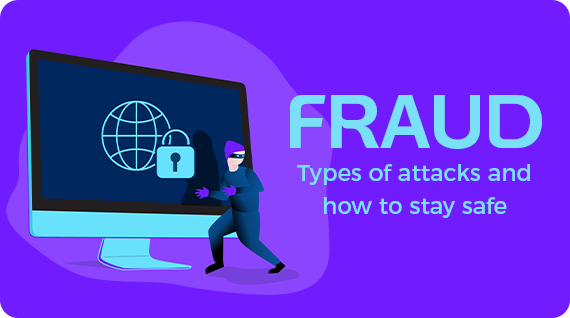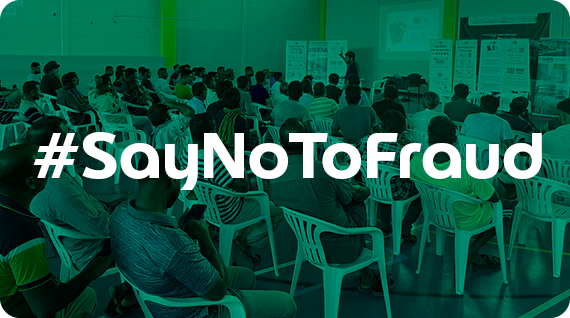Data is the lifeblood of your business. As a payroll company, we know that your employee data is one of your most valuable assets. However, with the increasing complexity of the digital landscape, your data is also at risk.
Safeguarding sensitive information such as payroll data, is essential to protect your business from potential breaches, financial loss, and reputational damage. By conducting thorough data risk assessments, you can proactively identify vulnerabilities, prioritize threats, and implement effective security measures to safeguard your data and protect your business.
Understanding Data Risk Assessment
Data risk assessment is a methodical approach to evaluate the possible risks that may compromise the confidentiality, integrity, and availability of data. This process involves identifying sensitive data, assessing vulnerabilities and threats, and implementing effective controls to mitigate risks. The aim is to ensure that an organization’s operations are not adversely affected by any potential threats.
Identifying Data Assets
To begin the process of data risk assessment, it is important to identify and categorize all the data assets that an organization possesses. This includes both structured and unstructured data assets, such as customer information, financial records, intellectual property, and employee data.
To effectively categorize these data assets, it is essential to understand their sensitivity and value. For instance, some data assets may be more critical to the organization’s operations and reputation, and therefore have a higher value and sensitivity. By prioritizing these assets, the organization can allocate more resources towards mitigating the risks associated with them.
In addition to identifying and categorizing data assets, it is also important to assess the risks associated with each asset. This can involve analyzing the potential impact of data breaches and other security incidents, as well as evaluating the likelihood of such incidents occurring. By conducting a comprehensive risk assessment, an organization can gain a better understanding of the threats it faces and develop an effective risk management strategy.
Assessing Threats and Vulnerabilities
When it comes to data management, businesses need to take adequate measures to ensure the security and integrity of their data assets. The first step in this process is to identify the various types of data that need protection, including sensitive customer information, financial records, and intellectual property.
Once the data assets are identified, the next crucial step is to assess potential threats and vulnerabilities that could compromise their security. Threats may come from various sources, including malicious actors attempting to hack into the system, insider threats from employees with authorized access, unintentional human errors, and unforeseeable natural disasters.
To prevent such threats from becoming a reality, businesses need to identify the vulnerabilities that could exacerbate their impact. These vulnerabilities may include outdated software and hardware systems, weak passwords, inadequate access controls, insufficient data encryption, and other outdated security measures.
By identifying these vulnerabilities and taking appropriate measures to address them, businesses can significantly reduce the risk of data breaches and ensure the security and integrity of their data assets.
Analyzing Risks
When an organization identifies potential threats and vulnerabilities to its information assets, it needs to evaluate the associated risks for each of these assets. The objective of this evaluation is to analyze the likelihood of each threat exploiting a vulnerability and the potential impact it would cause if it were to occur. Organizations can use various risk analysis methodologies to evaluate the probability of each threat occurring and the potential impact it would have on the confidentiality, integrity, and availability of the data asset.
Risk analysis involves categorizing the identified risks based on their severity and likelihood, allowing organizations to prioritize their mitigation efforts and allocate resources more effectively. The severity of the risk is usually evaluated based on the potential impact it could have on the organization, such as financial losses, damage to reputation, or legal liabilities. The likelihood of the risk occurring is evaluated based on the frequency of the threat and the effectiveness of the existing controls to prevent or mitigate it.
By analyzing the potential risks associated with each data asset, organizations can develop a comprehensive risk management plan that focuses on prioritizing and implementing appropriate risk mitigations. This can help organizations to proactively manage risks, reduce the likelihood of security incidents, and ensure the confidentiality, integrity, and availability of their information assets.
Mitigating Risks
Once the risks are identified, organizations should implement various measures to mitigate them effectively. This may include implementing cybersecurity controls such as encryption, access controls, and intrusion detection systems to protect data from unauthorized access and cyberattacks. Encryption involves converting sensitive data into a code that can only be accessed by authorized personnel. Access controls limit the access of sensitive data to only authorized personnel. Intrusion detection systems are designed to monitor network traffic and identify and respond to potential security threats.
In addition to cybersecurity controls, organizations should also have regular data backups, disaster recovery plans, and employee training programs to help mitigate the impact of data breaches and other incidents. Data backups are essential to ensure that data is not lost in the event of a security breach or system failure. Disaster recovery plans outline the steps to be taken in case of a disaster, to ensure that operations can be restored as quickly as possible. Employee training programs help to ensure that employees are aware of the risks associated with data security and understand how to prevent security breaches and protect sensitive data.
By implementing these measures, organizations can help to ensure the safety and security of their sensitive data and protect themselves from the financial and reputational damage that can result from a data breach or cyberattack.
Continuous Monitoring and Improvement
Data risk assessment constitutes an indispensable endeavor for organizations striving to safeguard their sensitive information and systems against potential threats and vulnerabilities. This practice entails the identification and assessment of risks associated with data storage, processing, and transmission, followed by the implementation of appropriate security measures to mitigate these risks.
Nonetheless, data risk assessment is a continuous process that necessitates ongoing monitoring and improvement. As new technologies emerge, and the threat landscape evolves, organizations must periodically review and update their risk assessment processes and security measures to effectively adapt to changing circumstances.
Furthermore, data risk assessment involves several steps, including identification of assets that require protection, assessment of the associated threats and vulnerabilities, evaluation of the likelihood and impact of such risks, and implementation of appropriate controls to mitigate these risks effectively. Organizations must also ensure regulatory compliance and adherence to relevant standards when conducting data risk assessments.
Conclusion
In summary, data risk assessment is a complex, continual process that requires meticulous planning, execution, and assessment. Organizations must remain proactive in identifying potential risks and vulnerabilities and implementing appropriate security controls to protect their data effectively.
Published on Linkedin by Diego Pontes in April 2024





